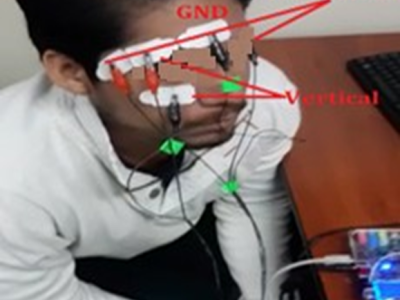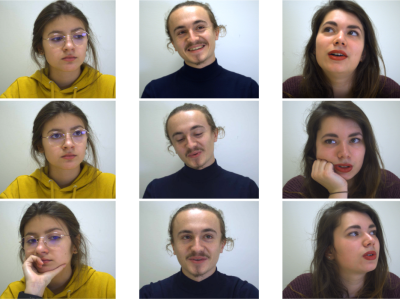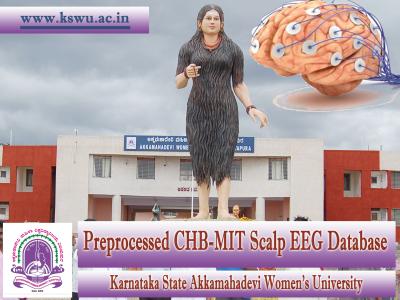Evaluation of independent component analysis algorithms for artifact removal in photoplethysmographic signals

- Citation Author(s):
- Submitted by:
- David Loewen
- Last updated:
- DOI:
- 10.21227/zx5v-q531
- Data Format:
 32 views
32 views
- Categories:
- Keywords:
Abstract
Abstract— Objective: Pulse oximetry is widely used to measure photoplethysmographic (PPG) signals and blood oxygen saturation but is susceptible to motion artifacts. This is a particular challenge for the growing field of wearable health devices. Independent component analysis (ICA) offers a solution for artifact removal without additional sensors. As there are different approaches for performing an ICA and because artifacts can take many forms, the optimal configuration is unknown. Methods: A prototype of a sensitive reflectance pulse oximeter was developed to measure PPG signals. Six ICA algorithms and their ability to filter motion artifacts were evaluated. Five different artifact types interfered with the PPG signals and were processed in the time and frequency domains for several signal lengths. The evaluation is based on the correlation between the source signal and the restored PPG signal. The most effective configuration was applied on real artifacts. Results: SOBI achieved the most effective signal separation in the time domain, where the specific ICA algorithm or artifact shape had little effect. In contrast, the ICA was less successful in the frequency domain and was compromised by sinusoidal signals. When applied to real motion artifacts, the signal artifacts were considerably reduced but not eliminated entirely. Conclusion: A mismatch between the mathematical assumptions and the composition of the noise signals is indicated. ICA in time domain is a robust approach for filtering varying artifacts. Significance: This study supports the development of wearables by selecting optimal ICA algorithms and provides an approach for comparing algorithms for artifact reduction.
Instructions:
Mean_Meta: All computed configurations with resulting runtime and max. Spearman und Pearson coefficient
Time_Freq: All cumulated results for comparing algorithms, signal lengths and domains
Pulse_5s: PPG signal with pulse artifact and restored signals
Impuls_5s: PPG signal with impulse artifact and restored signals
Gauss_5s: PPG signal with Gaussian artifact and restored signals
Nois_5s: PPG signal with Noise artifact and restored signals
Sinu_5s: PPG signal with sinus artifact and restored signals
PPGReal_10: PPG signal with real artifacts and restored signals






